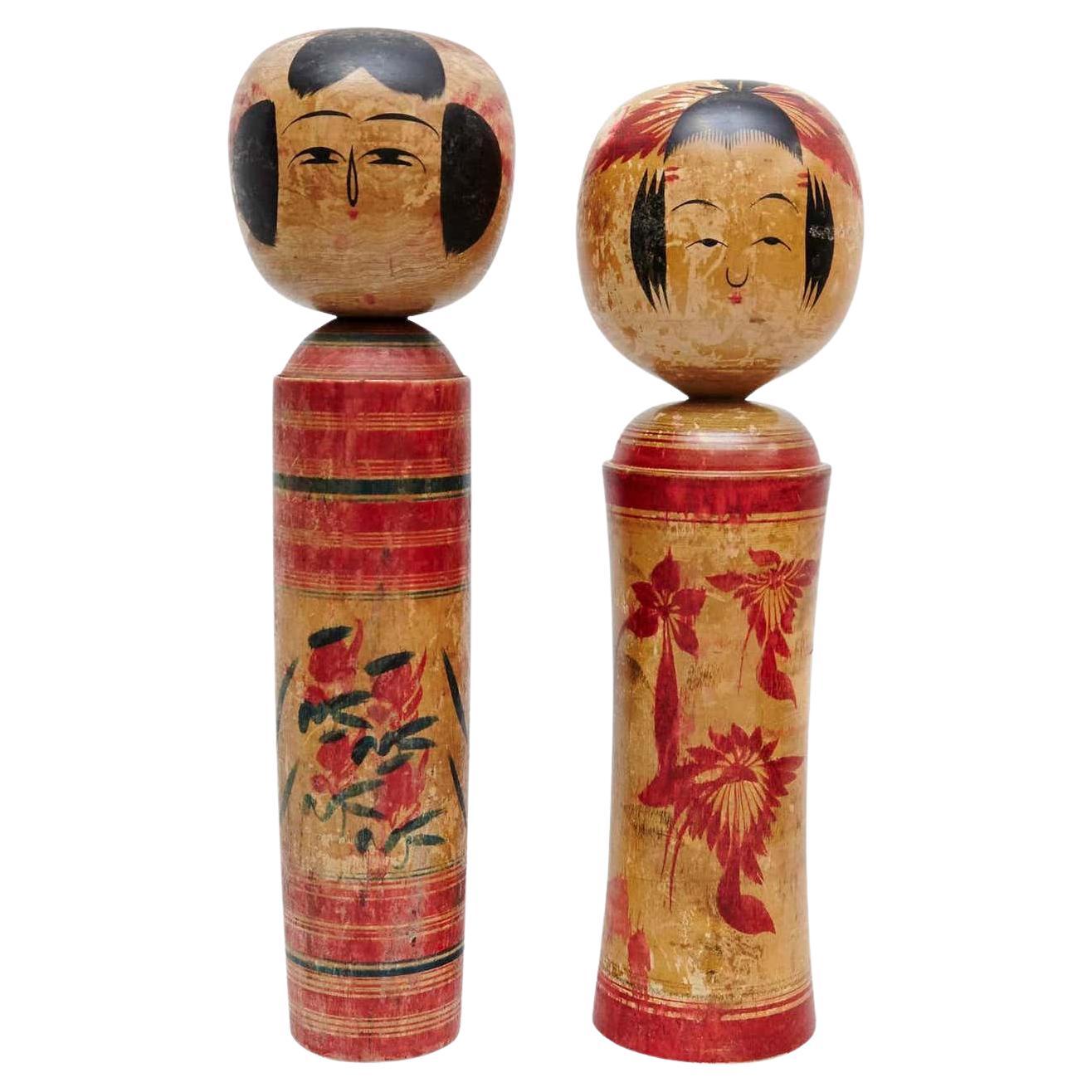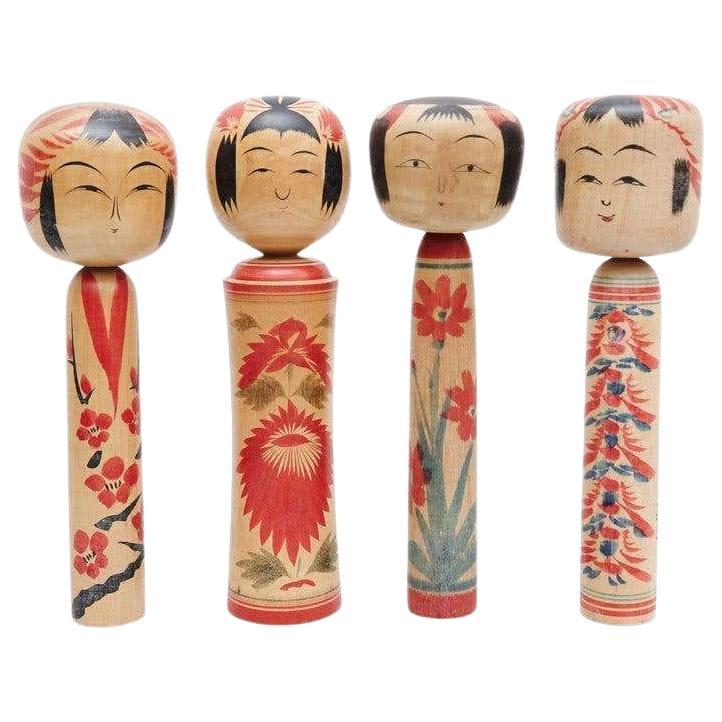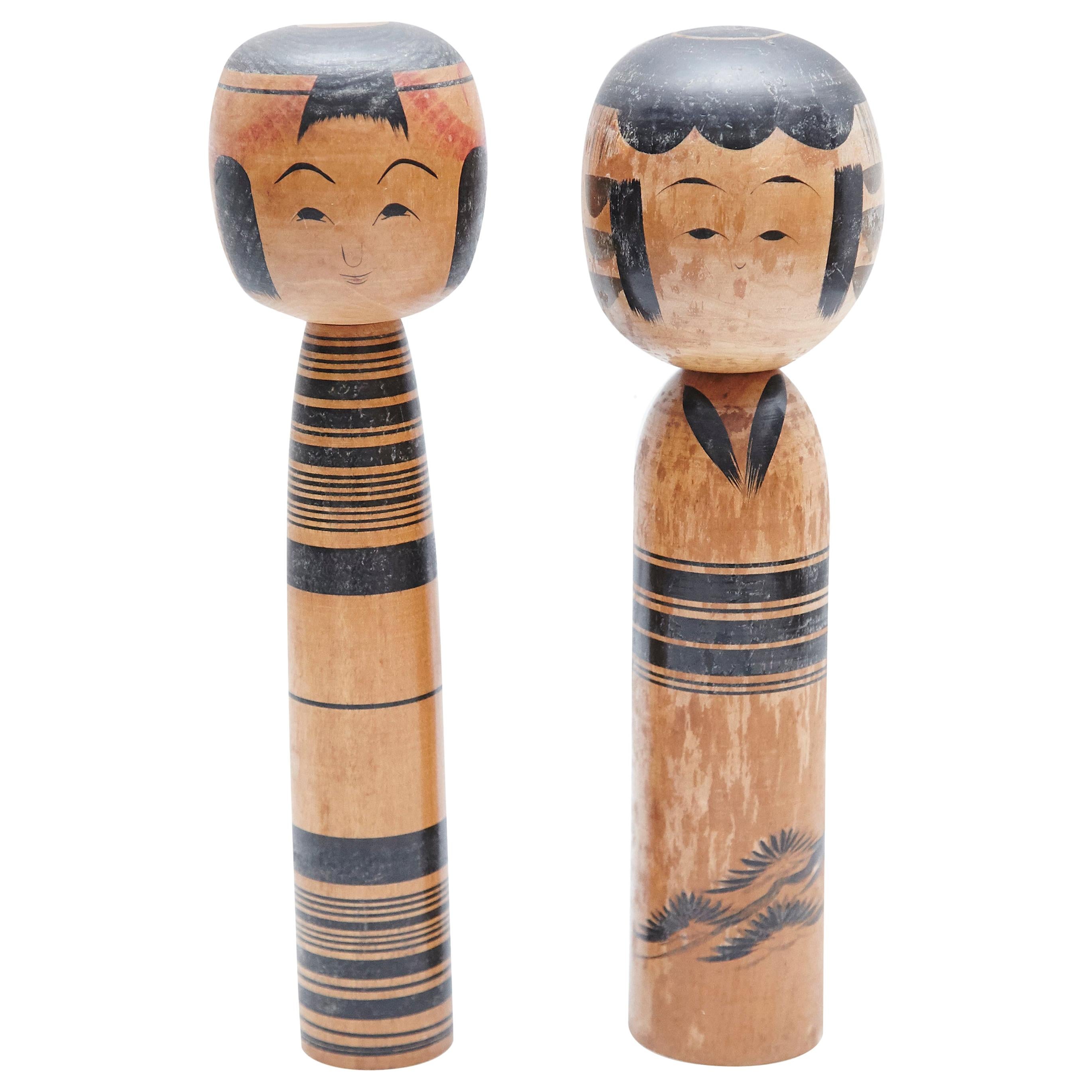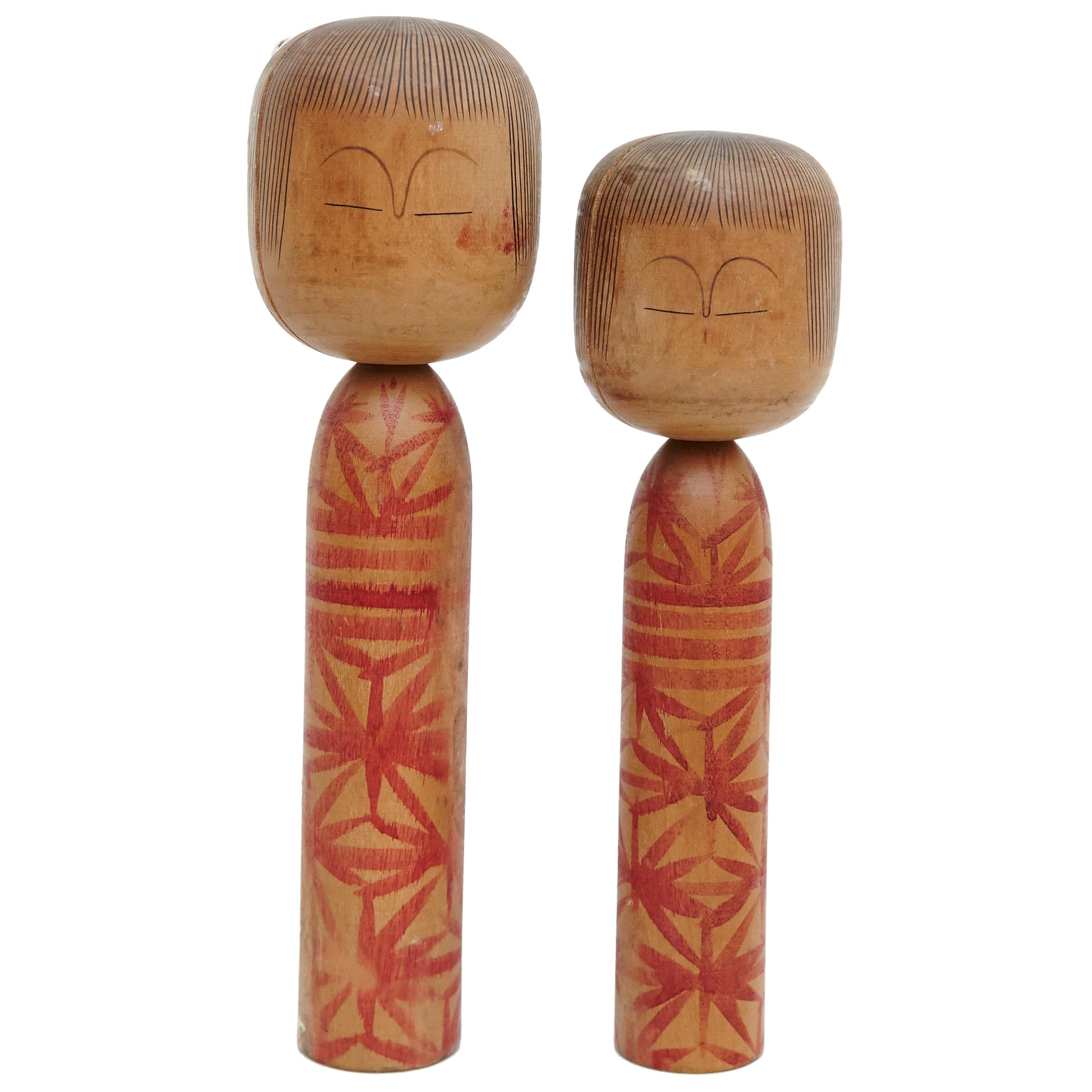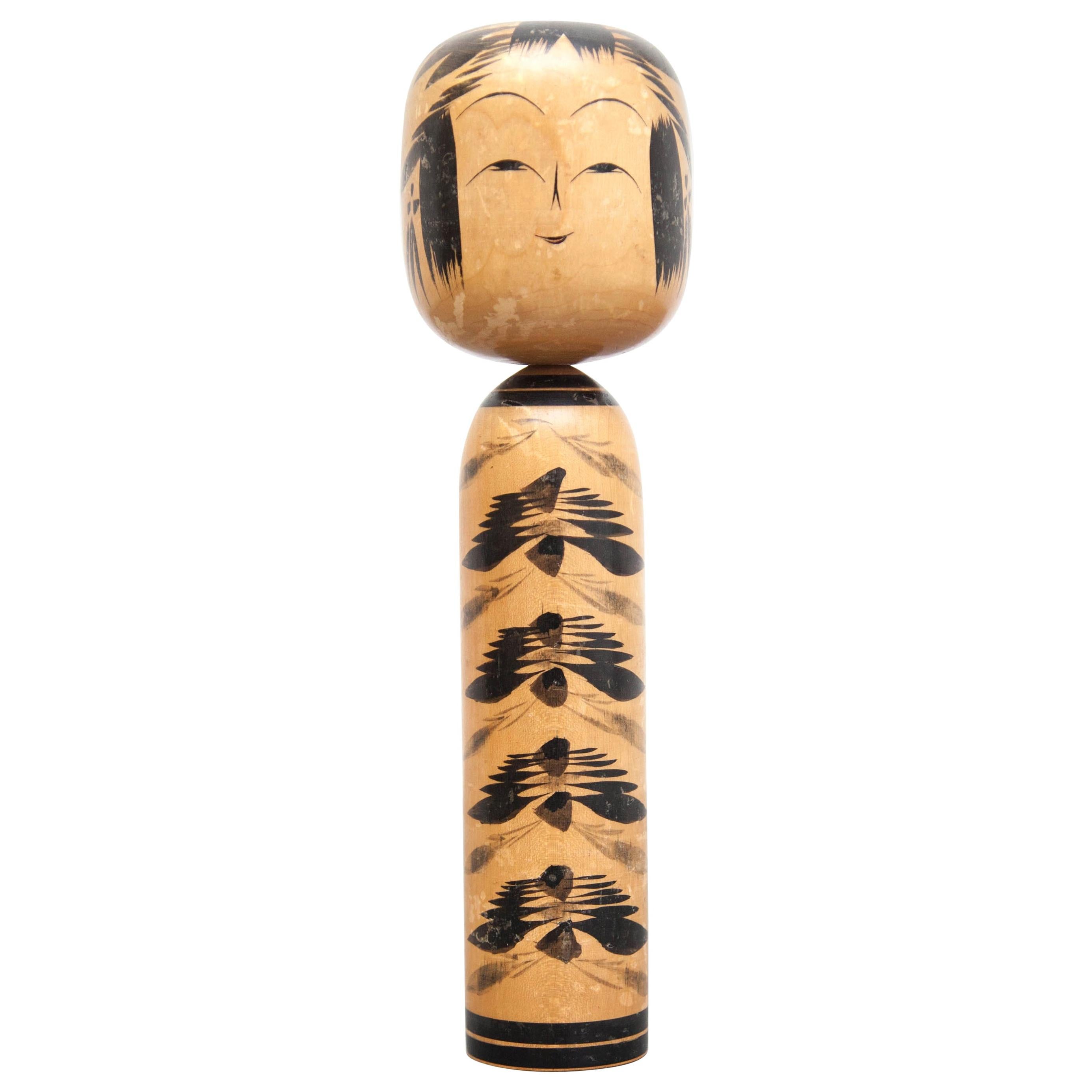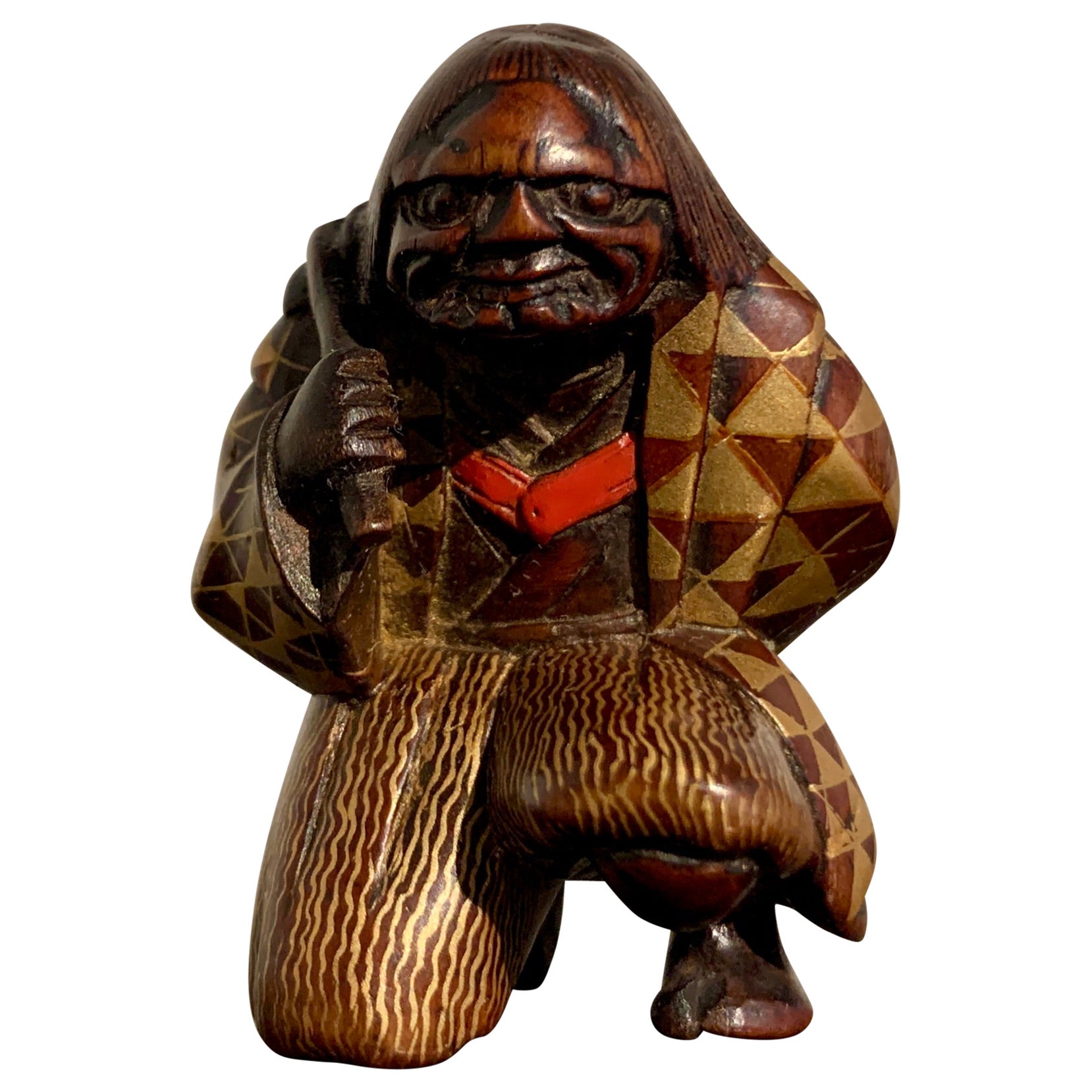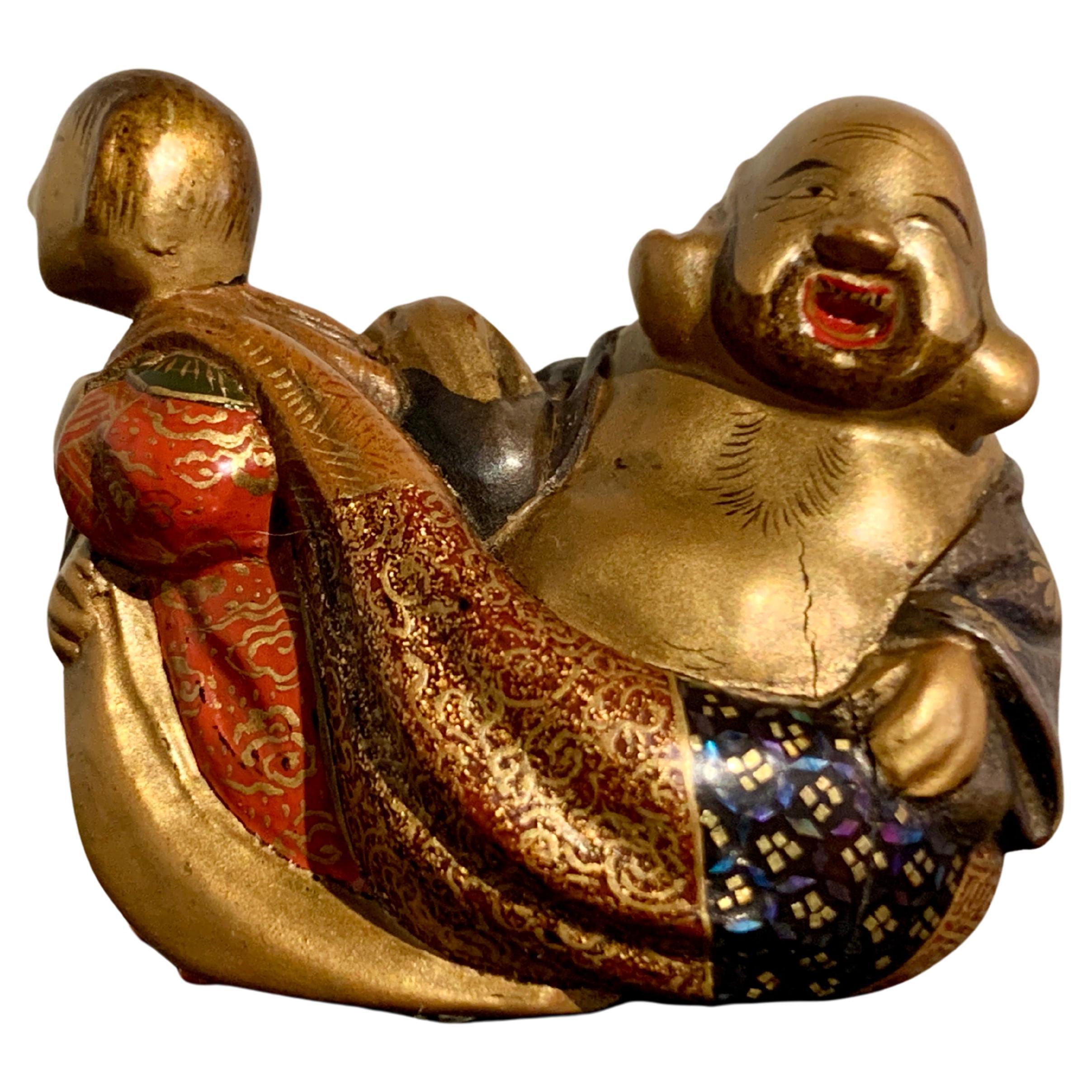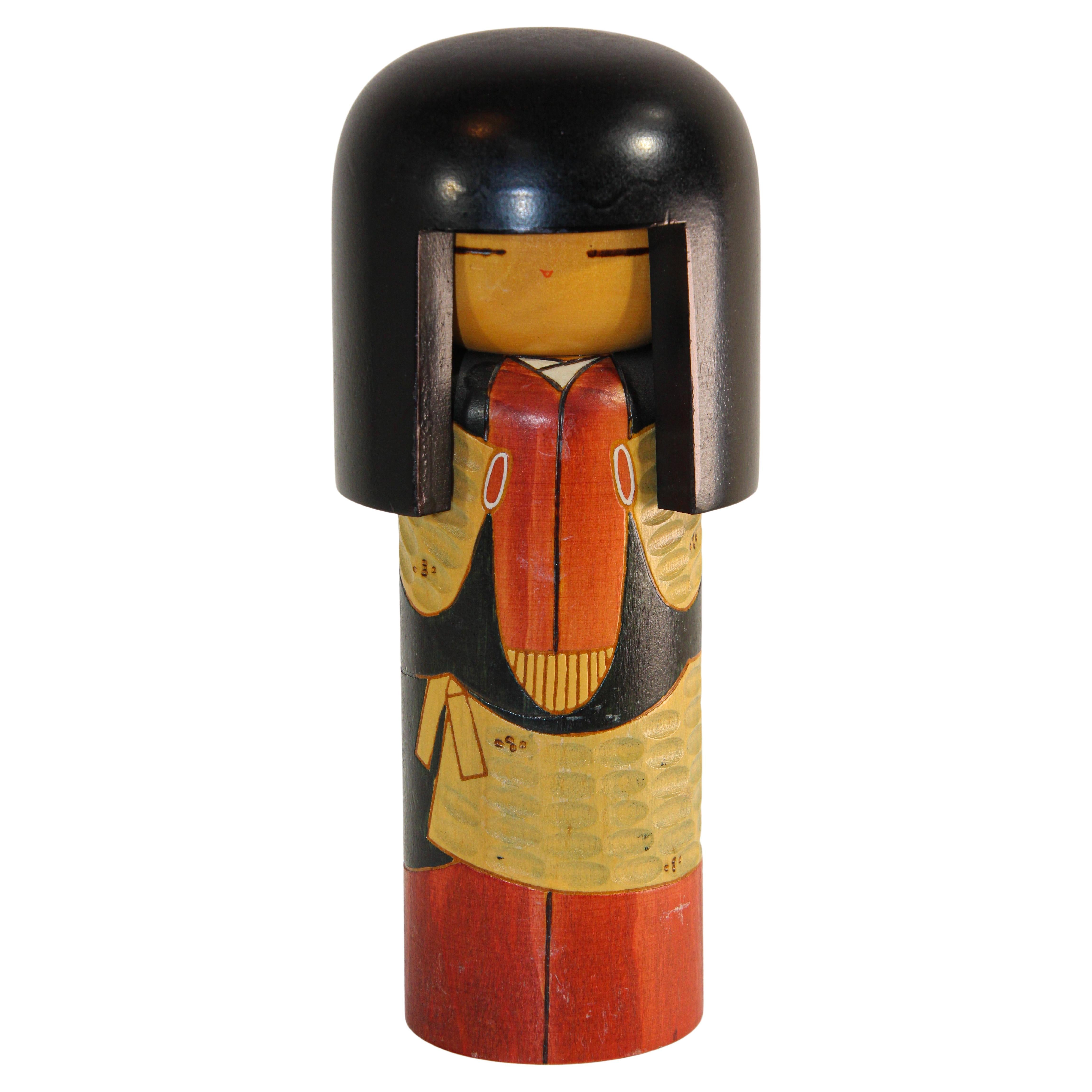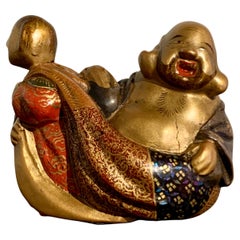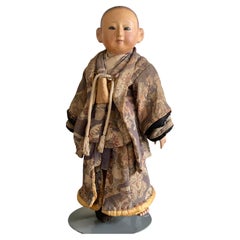
Japanese Mitsuore Ningyo of a Girl, a Jointed Costume Doll, Meiji Period
View Similar Items
1 of 7
Japanese Mitsuore Ningyo of a Girl, a Jointed Costume Doll, Meiji Period
About the Item
- Dimensions:Height: 10.5 in (26.67 cm)Width: 4 in (10.16 cm)Depth: 2.5 in (6.35 cm)
- Style:Meiji (Of the Period)
- Materials and Techniques:Wood,Burnished
- Place of Origin:
- Period:
- Date of Manufacture:circa 1870
- Condition:Wear consistent with age and use. Minor gofun restorations, otherwise fine condition. New Kimono.
- Seller Location:New York, NY
- Reference Number:Seller: NG750131stDibs: LU4546217210781
You May Also Like
- Carved Boxwood and Lacquer Netsuke of a Noh Dancer, Meiji Period, JapanLocated in Austin, TXA fine lacquer decorated carved boxwood netsuke of a Noh dancer in a Hannya role, unsigned, Meiji period, late 19th century, Japan. The boxwood netsuke finely carved as a kneeling Noh dancer dressed in striking geometric patterned robes. The actor holds an opened war fan behind their back in one hand, a Shinto wand slung over the shoulder in the other. The war fan, tessen, decorated in red lacquer with a golden rising sun at the center. Tessen were sturdy fans used by samurai as protective devices, and sometimes as weapons. The wand, called an onusa, is a traditional Shinto ritual implement comprised of folded paper streamers, shide, attached to a wooden wand, often used in purification rituals. Here, the shide are crafted from silver maki-e, with the handle of the natural boxwood. The actor wears a fierce and unearthly hannya mask...Category
Antique 1890s Japanese Meiji Sculptures and Carvings
MaterialsBoxwood, Lacquer
- Boxwood and Lacquer Netsuke of Hotei by Shunsho, Meiji period, circa 1900, JapanLocated in Austin, TXA charming and finely decorated carved and lacquered boxwood netsuke of Hotei by Shunsho (probably Shunsho XI, Masaoki), Meiji period, circa 1900, Japan. This delightful and colorful netsuke features the beloved figure Hotei, one of the Seven Lucky Gods. The god of fortune and happiness is seated upon his treasure bag, and being dragged by a smiling child. Carved from boxwood and decorated in bright lacquers of gold, silver, red, black and green. Hotei's chest and ample stomach mostly exposed, his skin covered in gold lacquer. Large elephantine ears frame his bearded face. His red-lipped mouth open in an uproarious laugh. Hotei's treasure bag formed as a patchwork of various brocades in gold, red, and black lacquer. The black lacquer further decorated in the lac burgaute...Category
Antique Early 1900s Japanese Meiji Sculptures and Carvings
MaterialsBoxwood, Lacquer
- Ichimatsu Ningyo Doll from Japan Around 1890Located in Hamburg, DEIchimatsu Ningyo doll is a Japanese shell limestone doll from the Meiji period. The doll body as well as the head, forearms, hands, legs and feet are made...Category
Antique 1890s Japanese Meiji Toys and Dolls
MaterialsLimestone
$989 Sale Price25% Off - Togatta Japanese Wooden Traditional Kokeshi DollLocated in Barcelona, BarcelonaJapanese doll called Kokeshi of the early 20th century. Provenance from the northern Japan. Dolls shapes and patterns are particular to a certain area and are classified under elev...Category
Early 20th Century Japanese Edo Sculptures and Carvings
MaterialsWood
- Vintage Traditional Japanese Kokeshi Wood DollLocated in North Hollywood, CAKokeshi or Kokashi doll handmade by Japanese artisans from wood. The dolls have a simple trunk as a body and an enlarged head. One characteristic of Kokeshi dolls is their lack of arms and legs. signed underneath as follow. Kokashi Doll Kegon Waterfall Japan 1987. Kokeshi (???, ???), are simple wooden Japanese dolls with no arms or legs that have been crafted for more than 150 years as a toy for...Category
Late 20th Century Japanese Japonisme Sculptures and Carvings
MaterialsWood
- Hand Painted Wood Japanese Traditional Kokeshi DollLocated in Barcelona, BarcelonaJapanese doll called Kokeshi of the early 20th century. Provenance from the northern Japan. Dolls shapes and patterns are particular to a certain area and are classified under eleven types. Handmade by Japanese artisants from wood. Have a simple trunk as a body and an enlarged head. One characteristic of Kokeshi dolls...Category
Early 20th Century Japanese Edo Sculptures and Carvings
MaterialsWood
Recently Viewed
View AllMore Ways To Browse
Doll Display
Japanese Standing Sculpture
Japanese Wood Dolls
Antique Kimono Silk
Antique Silk Kimono
Antique Silk Kimonos
Japanese Glass Carving
Beautiful Antique Dolls
Antique Japanese Dolls
Japanese Dolls Antique
Wire Sculpture Stand
Asian Dolls Antique
Kimono Meiji
Antique Japanese Silk Kimono
Antique Fabric Dolls
Kimono Sculpture
Antique Glass Dolls
Kimono Stand
